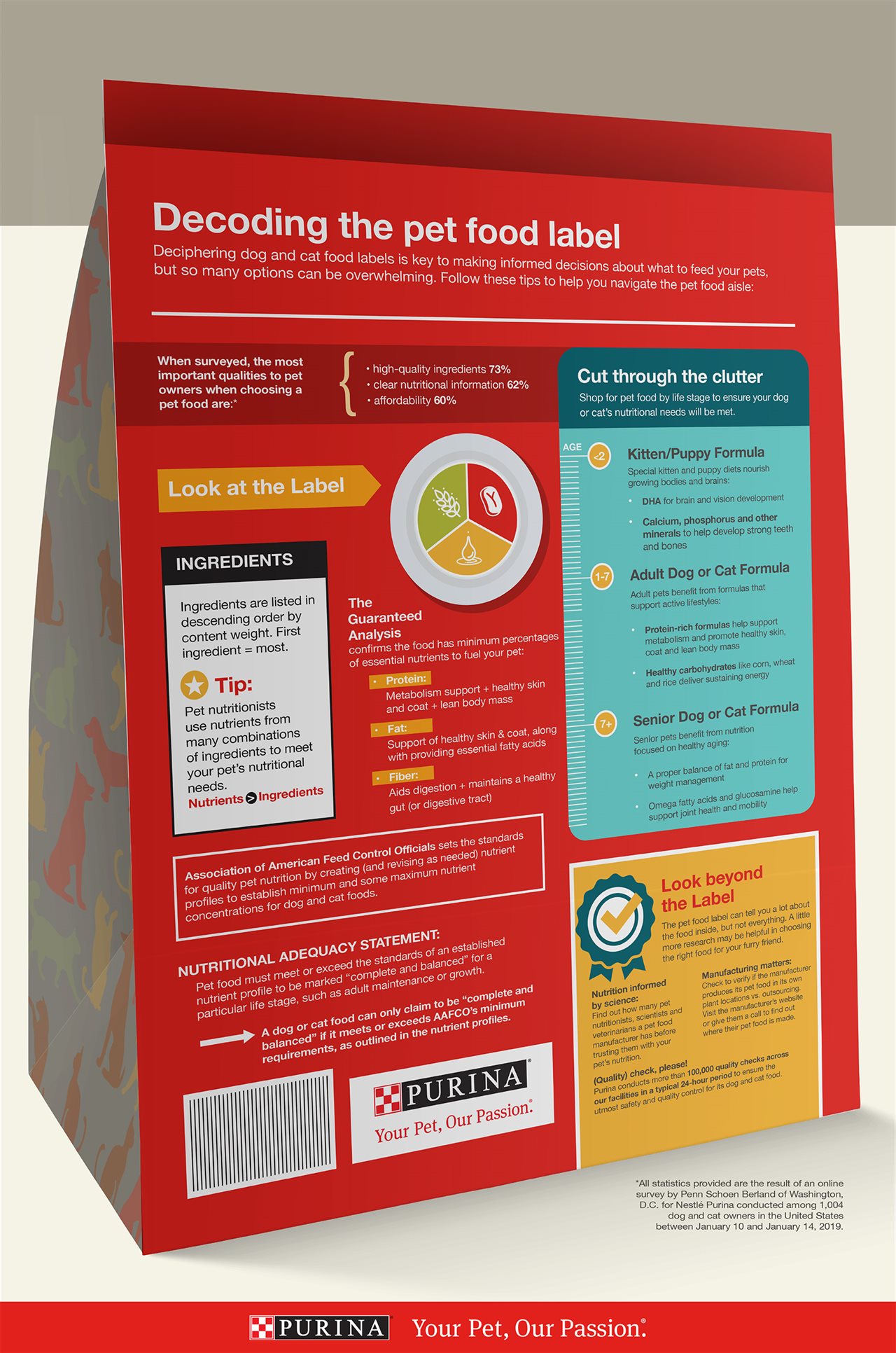2019-07-17T12:31:00
(BPT) – Mornings can be a bit chaotic as you fight the clock to get out the door on time. This is especially true if you have a big family. Wouldn’t it be nice if rather than feeling like a stressful race, your morning routine was something you actually looked forward to?
Starting your day on a high note is simple when you adopt some tips and tricks for simplifying your morning routine. You’ll save time, be more efficient and really learn to cherish the first part of the day.
Tip 1: Select clothing the evening prior
Check the weather forecast and figure out what the kids should wear the next day. Set out outfits in their room so they are empowered to wake up and get dressed without you even having to ask. What’s more, select your own outfit, too. Review what’s on the schedule for the day and dress up for that meeting or down for that yoga class as necessary. Don’t forget to set out accessories, too! Socks, shoes, jewelry — having everything all ready to go will save you and your family lots of time.
Tip 2: Pack bags early
Whether it’s backpacks, work bags or even lunchboxes — the more you can prep to pack everything you need for the day, the quicker you can head out the door. Consider making backpacks a part of the evening routine so when kids brush their teeth and put on jammies, they also gather up everything for their backpacks to eliminate last-minute runarounds in the morning. Pack lunches the evening before and for your own bags (laptop, purse, workout), make sure to ready those early and set everything at the door for easy grab-and-go.
Tip 3: Enjoy quick and convenient coffee
A stellar morning starts with coffee, but let’s face it — twiddling your thumbs while you wait for coffee to brew is not ideal for anyone’s morning routine. Luckily, with the Keurig K-Duo Essentials Coffee Maker exclusively available at Walmart, you can quickly brew a single cup or a carafe depending on how much coffee you want — perfect for any occasion. Need coffee quick? The unique single reservoir is shared between single serve and carafe brewing, making refilling easy and less frequent. Now you can get back to enjoying your morning coffee to kick-start your day without wasting any extra time.
Tip 4: Plan a breakfast bar
Breakfast is the fuel you need to start your day and “break” your evening “fast,” but this doesn’t mean it should be a time-consuming or stressful meal. Save time and make mornings fun by setting out supplies for make-your-own creations, such as a yogurt bar. For example, set out yogurt, granola, dried fruit and the rest of your family’s favorite toppings — this way everyone in the family can quickly grab a bowl and make their custom healthy creations that will fight those morning hunger pangs.
Tip 5: Stay organized with lists
Lists are a great way to remind your family of various things to simplify the morning. For example, create a list of things that should be in your kids’ backpacks so they never forget to pack necessities. This can be helpful for you as well, especially if you need particular things for a big event, like a work presentation. Even a check list is a fun way for kids to remain focused. Create a laminated chart and use dry-erase markers so kids can check items off as they work through brushing teeth, combing hair, etc.
Tip 6: Utilize alarms to stay on task
You likely use an alarm to wake up, but those little beeps can be useful beyond the first moments of the morning. It’s easy for the morning to get away from you, which is why alarms can be helpful reminders for you and your kids to stay on task. Set them to help everyone remain focused on their lists. For example, set one for a time when breakfast should start, another for when kids should be fully dressed, and a final as the five-minute warning before it’s time to hit the road.
These six tips and tricks will help streamline your morning routine so every day starts on a high note!















